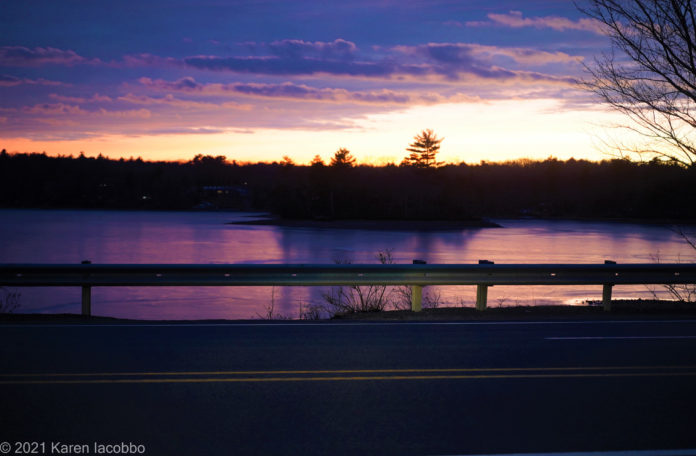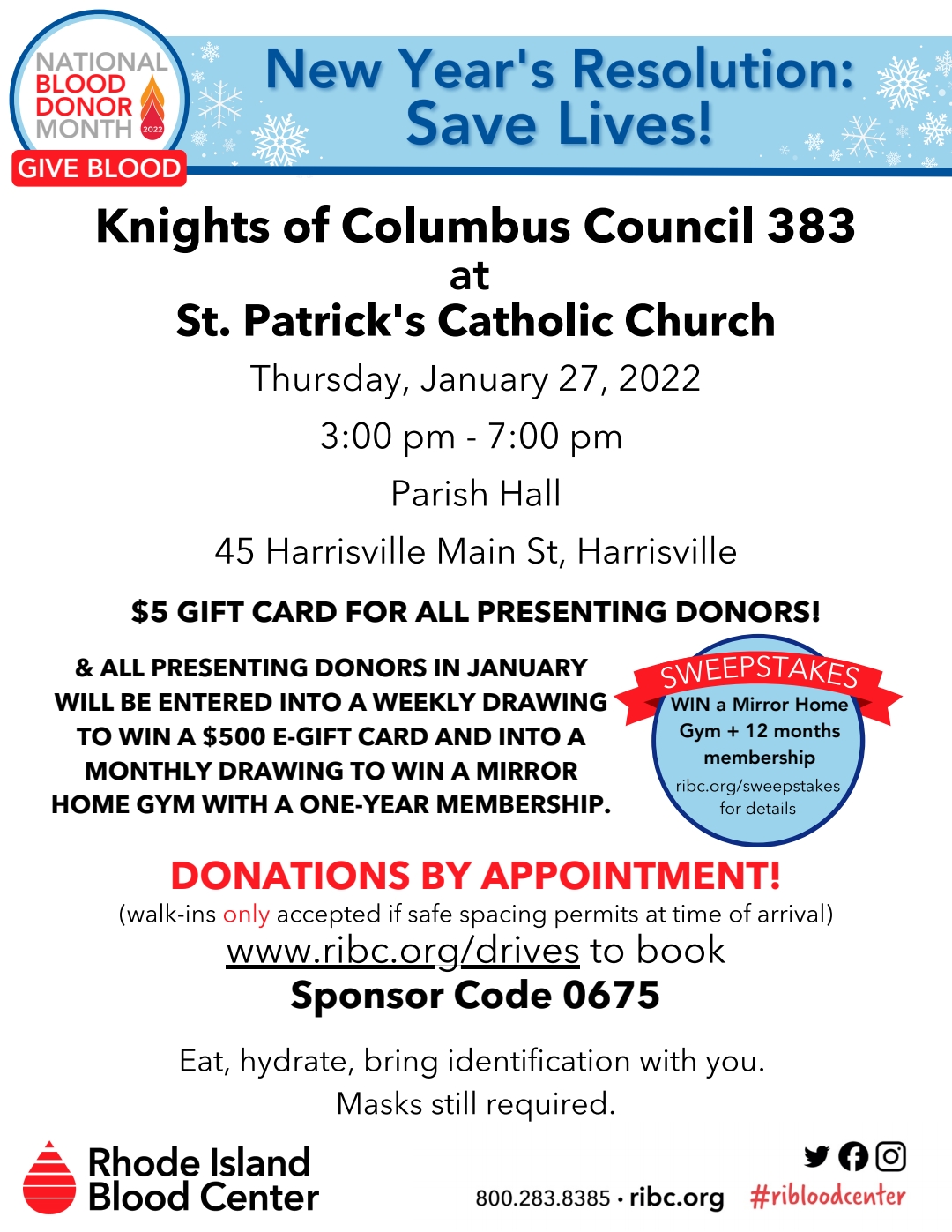GLOCESTER – The Glocester Town Council in December unanimously passed a resolution in support eradicating invasive plants in lakes and ponds.
The resolution states in part that Save the Lakes, Inc., an organization which, “acknowledges that aquatic invasive species were first documented in a 2012 DEM survey as ones that….grow quickly, spread easily from lake to lake, are harmful to natural plant species, expensive to treat, and can overtake and destroy our lakes & ponds.”
It urges the town of Glocester to call for Rhode Island General Assembly action to launch and fund a statewide program to address the issue, and to support Save the Lakes Inc, an organization that seeks to control aquatic invasive species.
In a 2012 report, Rhode Island Freshwater Lakes and Ponds: Aquatic Invasive Plants and Water Quality Concerns A Report to the Governor and Rhode Island General Assembly, the Department of Environmental Management argues the, “eradication of well established aquatic invasive species infestations is not usually feasible so a commitment to long-term management is needed. The most commonly employed techniques to combat aquatic invasive plants, including chemical treatment with herbicides, are usually expensive to implement.”
The treatments reportedly cost as much as $300 to $1,000 an acre per year.
DEM uses physical control, mechanical control, habitat manipulation, and biological control. The report found from 2007-2011, “RIDEM records indicate 58 lakes were treated once or more with herbicides to control excessive AIS plant growth (macrophytes). This figure does not include treatments to control algae growth. The permittees include lake associations, individual property owners and municipalities.”
Applying aquatic herbicides is not always acceptable to all lakefront property owners, according to the DEM’s paper.
In 2013, ecori.org reported a resident of the Hundred Acre Pond in Exeter said the application of chemicals to that body of water, “coincided with a sharp drop in smallmouth bass, pike and pickerel throughout the pond.” What’s more, the resident stated, “fishing spots around the pond that my family has been using for generations are completely empty.”
The DEM report also found, “chemical treatments of well established aquatic invasive species populations are not likely to eradicate an infestation completely,” and, “there are a limited number of herbicides authorized for use in surface waters pursuant to federal law and Environmental Protection Agency regulations…the application of these herbicides is regulated by the RIDEM Division of Agriculture as part of its overall pesticides regulatory program. Application of herbicides in or on a lake typically is done by an individual licensed by the RIDEM Division of Agriculture pursuant to the pesticide applicator program and in accordance with a permit.”
The treatments are lakewide or specifically targeted areas of the lake, and if the treatment is lakewide, it is usually followed by “spot treatments.”
Another method of control is in 2011, DEM and Save the Lakes established a pilot project using volunteers stationed at state boat ramps to educate boat owners on the issue of aquatic invasive species and to routinely inspect and clean boats.
Yet another means used against invasives is, “the intentional lowering of a lake for an extended period of time is sometimes pursued as a strategy to control aquatic invasive plants,” according to the DEM 2012 report.
Geese
As well as concern for invasive plants, Save the Lakes supports controlling the Canadian geese population. Save The Lakes, on their website, https://stlri.org, cites the Eastern RI Conservation District using the GeesePeace.com model to “manage geese.” An ERICD presentation STL links to is titled Making Peace with Geese advocating hunting geese, using chemical repellents on geese, using dogs to chase geese, capturing and removing geese, and destroying geese eggs and nests. The method of the latter includes in April finding the nests, coating eggs with corn oil, and engaging in nest destruction.
Save The Lakes is gathering signatures statewide; they’re, “aggressively working to build statewide awareness as our lakes continue to be threatened with aquatic invasive species. The goal is to acquire State financial support for lakes and a person dedicated to freshwater issues,” according to the Chapachet-based Sand Dam Reservoir Association website, where they’re urging their supporters to sign the petition.








